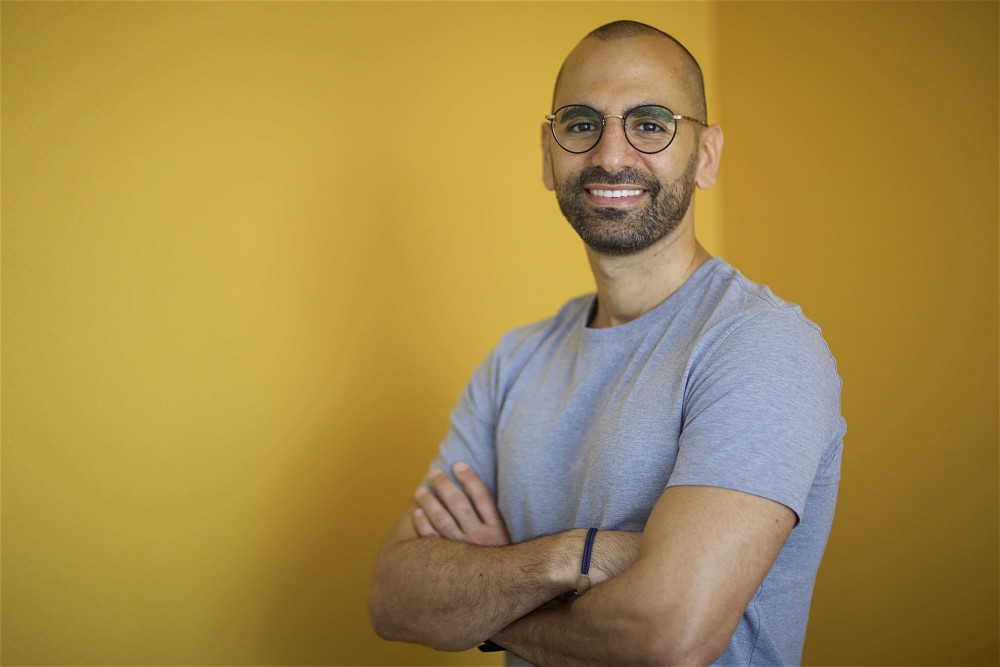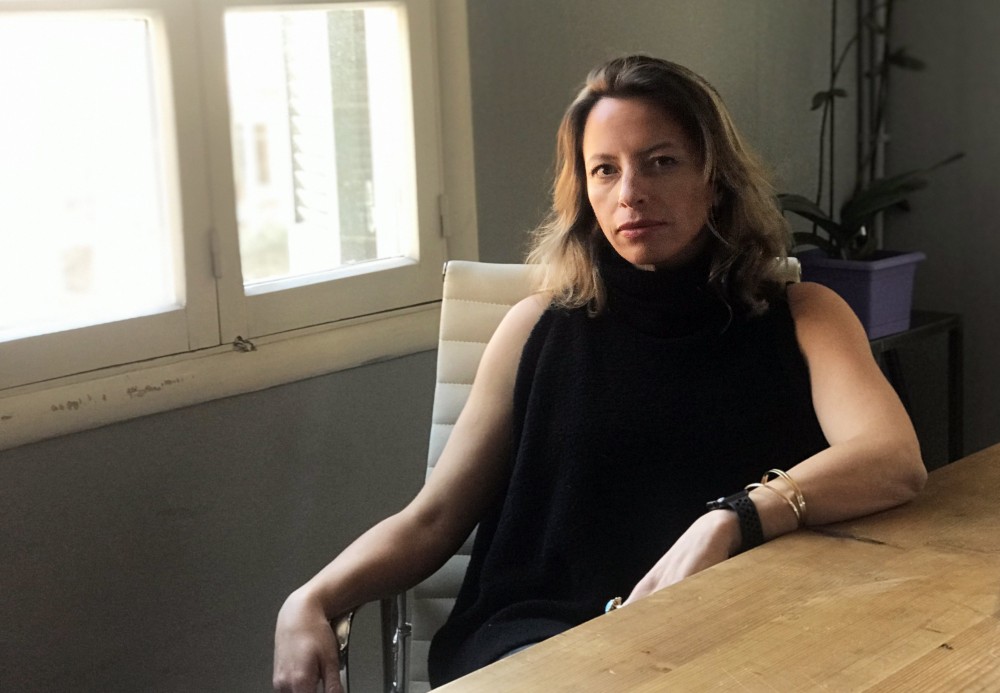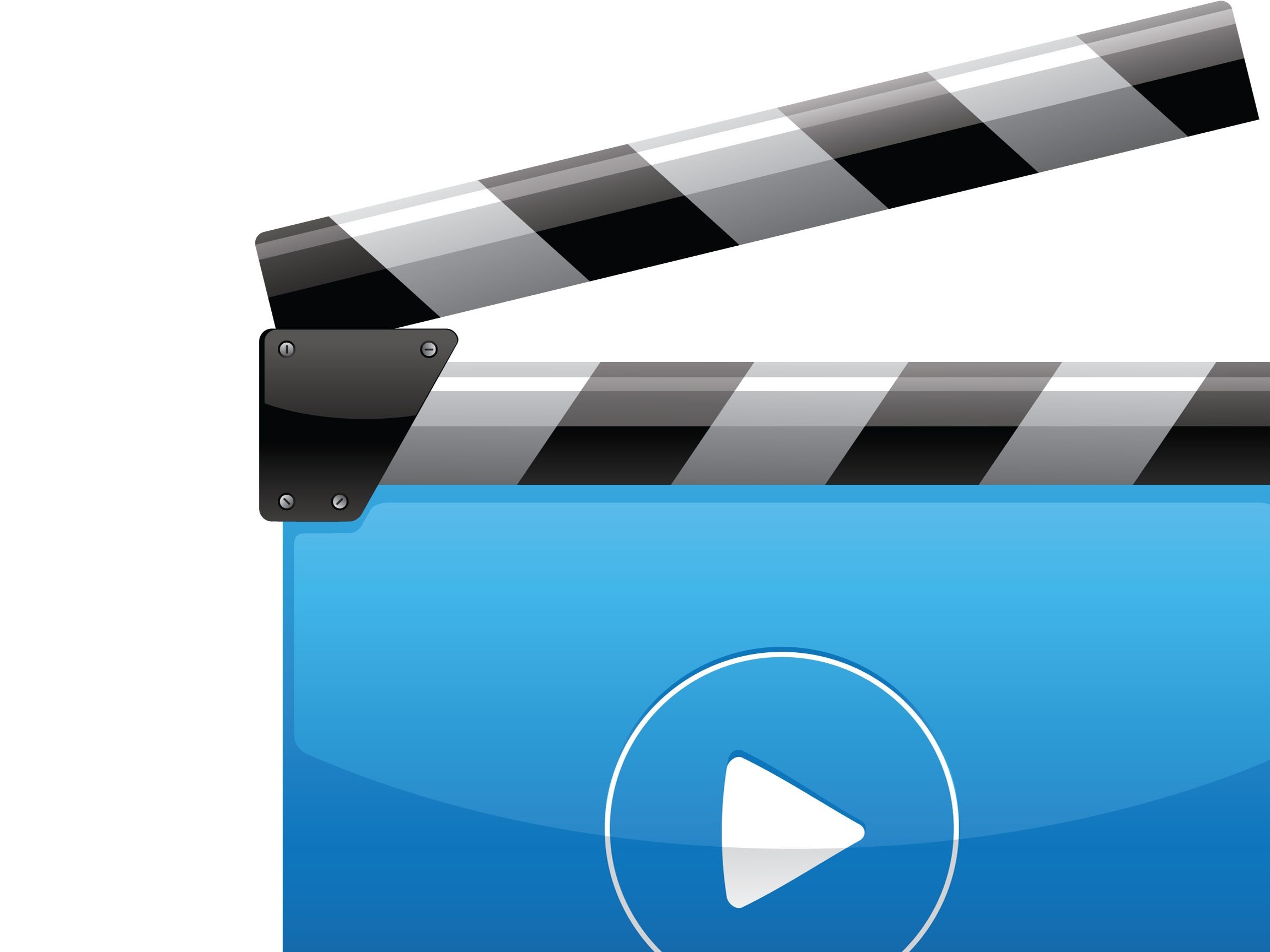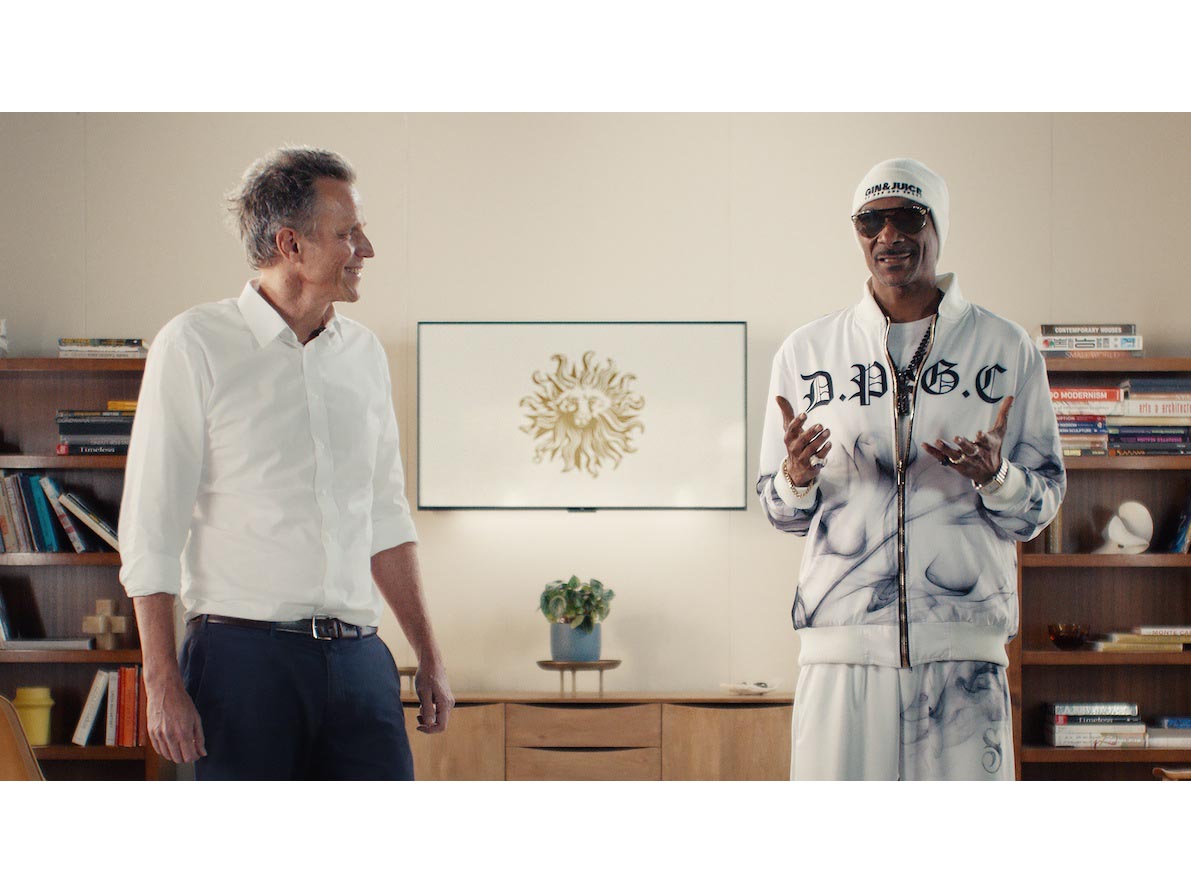News - Digital/Tech
Video Rules
by Iain Akerman
March 19, 2019
.jpg) Advertisement
AdvertisementIf you ever find yourself wondering why the importance of video is skyrocketing, take a look at the statistics. According to Cisco, 80 per cent of all internet traffic will be video by 2021, while Nielsen has reported that adults in the US are now spending almost six hours a day glued to video content. That means everything from live and time-shifted TV, to social media apps, gaming consoles and connected TV.
For agencies, advertisers, production houses and media owners alike, the implications are obvious. Not only is more video content inevitable across the board, but video must be central to marketing strategies.
“Video is the most important marketing tool in your communication arsenal… today and tomorrow,” says Karim Yusuf, creative director at Hug Digital in Dubai. “Video brings together two things that capture our attention like nothing else: movement and sound. Both play a significant role in conveying a message or story. Videos also have the power to create gripping and lasting memories.
“According to studies, the average viewer remembers 95 per cent of a message when it is watched, whereas only 10 per cent when read. Video can also include text, music, photographs, links, and even podcasts. No other medium has this kind of versatility.”
Yet the growth in demand for video is both good news and bad news, says Maya Zankoul, co-founder of Wezank, a digital video agency based in Beirut. “Good news because video is a great tool for advertisers to communicate their ideas, but bad news because if in the region we are not able to create original content that can attract viewership, consumers will go and consume video elsewhere. So instead of being creators we’ll be consumers.”

“Agencies and advertisers know that the only way to stand-out in such a crowded place is not to do more video, but to do more creative, more relevant and higher quality video.”--Karim Yusuf, creative director at Hug Digital, Dubai
Mastering mobile visual storytelling is therefore a necessity, says Rami Saad, head of international content partnerships at Snap. “You only have to look at the plethora of platforms and formats out there to see that the innovation is not slowing down,” he says. “There is an entire generation that is used to, and proactively looking for high quality, engaging video content on the go. Meeting that demand is going to be one of our biggest challenges.”
Putting all of this into regional perspective is not easy. Reliable data is hard to come by in the Middle East, but we do know that video formats currently account for the majority of Twitter’s advertising revenue in the MENA region; that the Jeddah-based Arabic entertainment network UTurn has hired an all-Saudi team to create videos just for Snapchat; and that MBC is including vertical cameras on set in order to create Snapchat and Instagram-ready videos for its productions. There’s also the much-touted statistic that Saudi Arabia has the highest YouTube watch time per capita in the world.

“There is an entire generation that is used to, and proactively looking for high quality, engaging video content on the go. Meeting that demand is going to be one of our biggest challenges.”--Rami Saad, head of international content partnerships at Snap
All of which suggests that video is as important to this region as it is elsewhere. Take Snapchat as an example. At the tail end of last year it launched Shows in the MENA region and forged new partnerships with regional media brands, expanding the local content already available on its Discover page and reimagining various popular series in a five-minute format. Within that lies Commercials, Snap’s non-skippable video format made exclusively for Shows, which has already seen success in the US and will be rolled out into other markets soon.
“Everyone is aware of the importance of video in their marketing strategies,” says Yusuf. “Smart agencies and advertisers know that the only way to stand-out in such a crowded place is not to do more video, but to do more creative, more relevant and higher quality video.”
So why does Rita El Hachem, executive producer of Stoked Films, say she does “not see anything specifically outstanding” in the regional use of video? And why, if video is so important and likely to dominate the foreseeable future of marketing, is what’s being produced largely uninspiring?

“If in the region we are not able to create original content that can attract viewership, consumers will go and consume video elsewhere. So instead of being creators we’ll be consumers.”--Maya Zankoul, co-founder of Wezank
“Unfortunately, in the region we are more consumers rather than creators when it comes to video, which is why we do not have enough success stories,” says Zankoul. “Most of the content created is still shallow, or a copy of something done before. However, there are some brands/individuals doing great engaging work and this is promising for other brands to follow.”
“There’s a huge need for good content writers,” adds Layal Moukahal, managing partner of Film Pudding. “There’s a big gap in that area. We mostly have creative directors and copywriters. Once you have the right people who understand the difference between a regular ad and video content, then we should see a flow of great content. Production is easy to follow. It’s the content that matters more.”
If you look at social media platforms specifically, the problems become clearer. A particular issue relating to Instagram, for example, is that branded Instagram Stories are predominantly adaptations of videos that were originally built for TV or YouTube, not platform-specific campaigns that make the most of the language of the platform itself. Stories are, and always will be, about humans, says Yusuf, and “most brands are still not getting it right. It’s why you’re probably annoyed at those Instagram ads between your stories”.

“Once you have the right people who understand the difference between a regular ad and video content, then we should see a flow of great content.”--Layal Moukahal, managing partner of Film Pudding
“Although production companies will be very busy producing commercials, branded content, sponsored content, integrated content, it won’t be necessarily on the best creative ideas nor the proper budget,” says El Hachem. “In the current content craze, it looks like many are trudging in the dark trying to make an impact. More production, fast production, cheap production.
“And here it is important to point out the difference between cheap production and low budget. There is nothing wrong with low budgets as long as the idea can be well executed within it. Cheap production though is the killer. Unfortunately, since more content/fast content is in demand, cheap production and creative efficiency are being mistaken for the same thing. In this ever-changing world of increasing expectations and shrinking budgets, it’s important for advertisers to know some of the basics of what is needed in a production to avoid the pitfalls.”

“In this ever-changing world of increasing expectations and shrinking budgets, it’s important for advertisers to know some of the basics of what is needed in a production to avoid the pitfalls.”--Rita El Hachem, executive producer of Stoked Films
For Moukahal, the necessity to produce videos that are lower in budget and faster in turnaround is an opportunity for production companies to become “lighter and more flexible”. It also offers the chance to hire less senior crew and to get younger talent on board, she says.
What is clear, however, is that concept and craft are essential to creating engaging video, just as it is in important to prioritise earned media. (“At the end of the day, we are building brands, not just filling up media space,” says Yusuf.) User empathy is also essential, says Saad. “Put yourself in the user’s shoes and go through the consumption journey,” he says. “Where are you? What are you doing? How did you come across the content? How much of your time does it deserve? What reward do they get at the end? Did you rightfully earn their attention?
“This is a world that is changing fast and every platform and audience is different,” he adds. “Being open to try new things, and possibly fail, is going to be essential to success.”



.jpg)










